The El Camino Vintage Motorcycle Show & Swap is rolling back into Torrance for 2025!
Happening at El Camino College, this long-standing California tradition brings together vintage motorcycle enthusiasts for one of the most anticipated gatherings of the year.
Set in Los Angeles County’s South Bay, the show takes place on the upper level of the campus parking structure, creating a unique open-air venue filled with rare and classic bikes. Riders and collectors can expect to see an incredible lineup of motorcycles spanning decades, from pre-1940 machines to those built through 1983. Alongside the show, the swap meet gives attendees a chance to hunt for hard-to-find parts, gear, and memorabilia, making it a must-visit for anyone passionate about motorcycle history and culture.
Organized by the El Camino Show and proudly presented with support from Law Tigers Motorcycle Lawyers, the event welcomes all levels of enthusiasts. Special perks include free entry for pre-1940 motorcycles ridden into the show, and discounted participation for riders on eligible vintage bikes up to 1983. Even selling a bike right from the motorcycle parking area is encouraged, adding another layer of excitement to the day.
This year’s show also features a full slate of judged classes, with trophies for First Place and People’s Choice in each category. Classes include: Antique/Vintage American (1940 & older), Vintage/Classic American (1941–1983), Antique/Classic British & European (1983 & older), Competition/Motocross (on and off road, 1983 & older), Bobbers & Choppers (1983 & older), Powered Bikes & Scooters (1983 & older), Barn Find originals (all makes to 1983), and Japanese Motorcycles (1983 & older).
The atmosphere is as laid-back as it is engaging, motorcycle lovers connecting over their shared passion, exploring rows of classic rides, and swapping stories as much as parts. With plenty of general parking available nearby, it’s easy to roll in, ride out, and make the most of this one-day-only tradition that continues to grow stronger every year.
So grab your helmet, your vintage ride, or just your love for classic motorcycles, and come take part in a show that keeps the legend alive in Torrance.
El Camino Vintage Motorcycle Show And Swap - Los Angeles County, California
Location: El Camino College 16007 Crenshaw Blvd. Torrance, CA 90506Starts: 8:00 AMEnds: 2:00 PMAdmission: HERE Vehicle Registration: HERE
*Please note: iDriveSoCal is not hosting this car show. To learn more contact El Camino Vintage Motorcycle Show And Swap event organizers HERE . Including details about attending and displaying your car. Also about becoming a car meet vendor or sponsor.
Additionally, for more of the best Southern California automotive events click HERE .
And, ever wonder how cars and coffee events got started? Check out this podcast on !
Have a car show, automotive event or car meet you think we should post? Submit .
Never miss another cool SoCal Car Show! Sign up for our newsletter .

 916-266-6453
916-266-6453




 Service Areas
Service Areas























